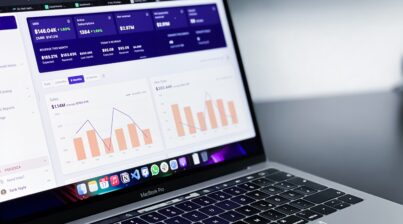HR metrics are important for supporting effective HR practices. The right metrics will provide indications when the HR team is effectively performing or if there are opportunities for improvement. KPI’s can then be built on those metrics.
Time-to-hire is a valuable metric for measuring the success of recruitment functions. It measures the number of days it takes for a candidate to be hired into a role within the company. It can be calculated from two different starting points. Either from when the candidate initially applies for the role or from when the candidate is contacted by the company. Once that is decided, simply count the number of days til the person starts in the role.
Averaging time-to-hire for the organization as a whole provides a starting point. For the metric to be impactful for analysis, it should be averaged across a few different areas. It can be averaged by talent acquisition team member, roles, or salary bands.
Once calculated, time-to-hire can tell you a few different things. If the average is higher than benchmarks, there’s a good chance there’s a breakdown somewhere in the process. Maybe hiring managers are not reviewing resumes timely or the ATS does not provide easy tracking methods.
If the metric is at or below benchmarks, it’s a good indication of the policies and practices in place are working. Additionally, it will increase the chances of not losing good candidates to other companies.
Time-to-fill and time-to-hire can seem like very similar metrics. But they can answer different questions. Time-to-fill includes the time before a candidate is involved. It starts when the open position is posted so it can tell you if job board postings are working. Since time-to-fill stops once the candidate accepts the job offer, it doesn’t tell you if there are any breakdowns in onboarding. Time-to-hire tells you if candidates are making it to the first day. Looking at both would be the best way to ensure talent acquisition is performing.
Today’s job market is benefiting job seekers. There’s an abundance of available jobs but not enough skilled talent to fill the roles. It has created an environment where talent can be picky and have options. If the hiring process is lengthy, cumbersome, and poorly managed, quality candidates will accept another role. It will be important for HR to ensure there are metrics in place to not lose out on talent.
Time-to-hire can be easily calculated and managed with an HR dashboard. It takes all the data and automatically calculates the metrics. HR dashboards also provide easy data visualization without all the hassle. Sign up today for a free trial of our automated HR dashboard to see how HR metrics can be.












